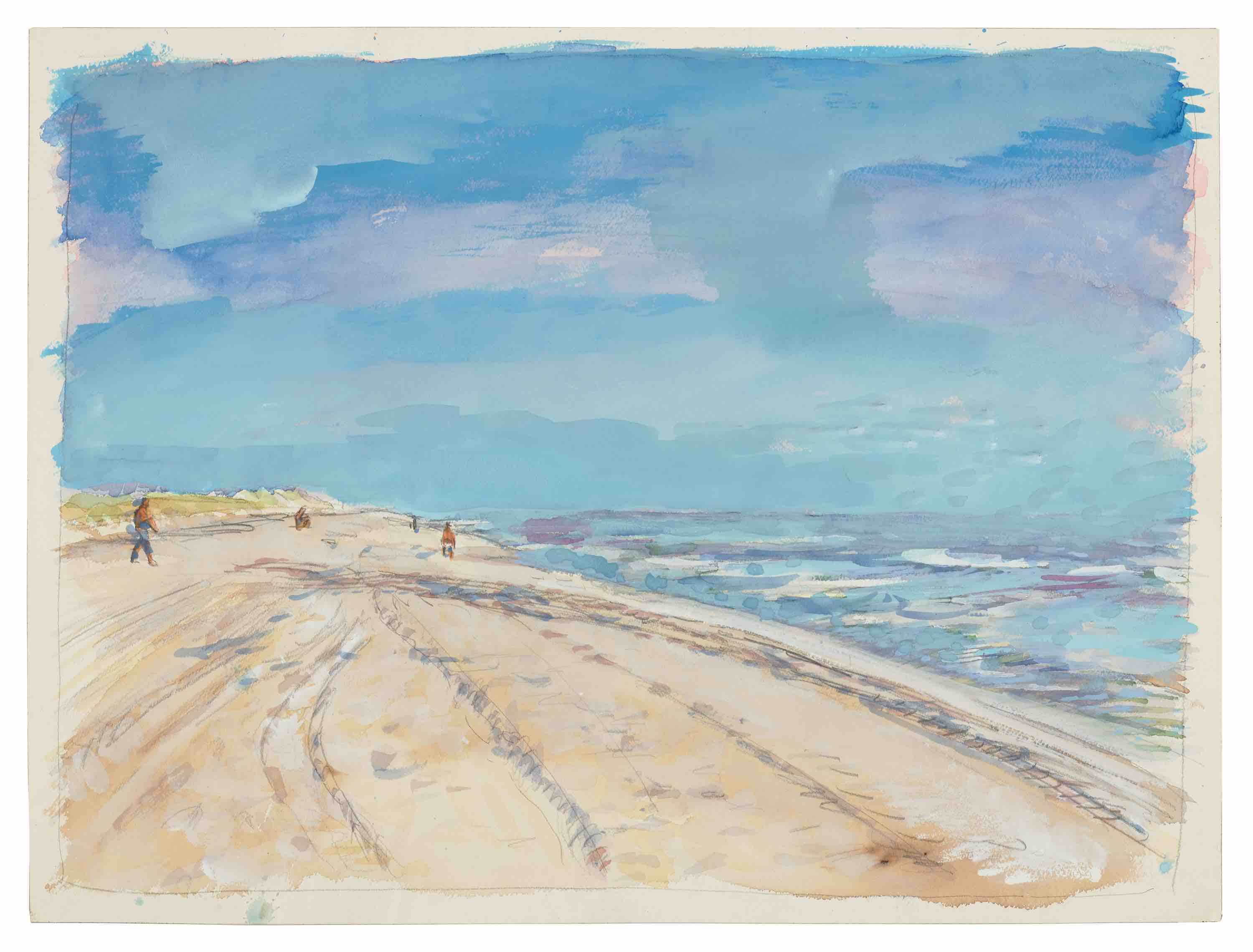Thomas Dane Gallery will present an exhibition of American artist Paul Thek (b. 1933, Brooklyn, New York, d. 1988, Manhattan, New York) curated by Kenny Schachter and Jonathan Anderson, featuring paintings, works on paper and previously unseen sketches and writings. Spanning three decades of the artist’s career, this will be the first exhibition of Thek’s work in the UK for over a decade, and the first in the UK to focus on the artist’s painting practice. Paul Thek sketched and painted throughout his life, portraying friends and loved ones, documenting his surroundings and giving form to conscious and unconscious thoughts...
-
Paul Thek ( b.1993, Brooklyn, New York) emerged in the 1960s as a radical voice in contemporary art, challenging conventional aesthetics with formally and psychologically complex works. He is best known for his ‘meat pieces’, hyper realistic wax sculptures of flesh, and his immersive environments, such as The Tomb (1967), which ex...




